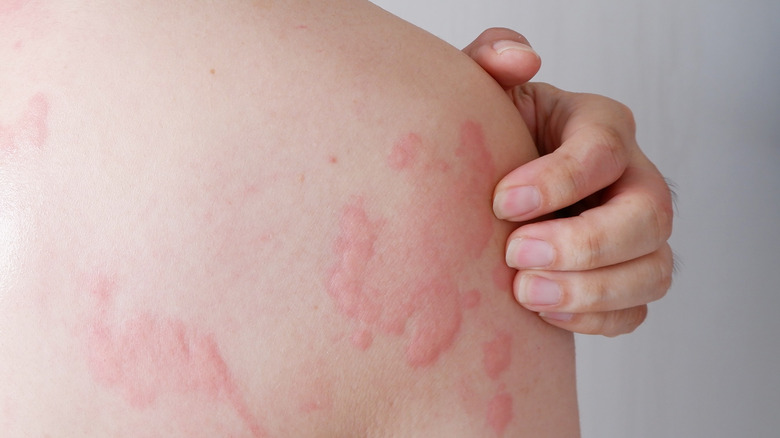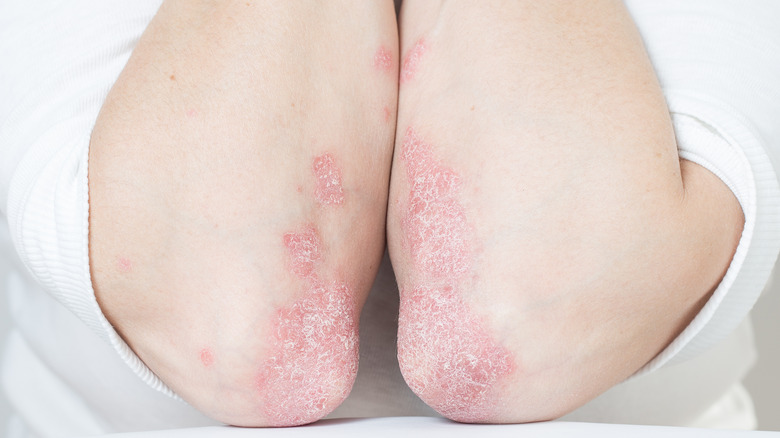Hives Versus Rash: What's The Difference?
Hives and rashes are 2 different kinds of skin conditions with similar characteristics. Hives, also known as urticaria, are usually identified by itchy, raised bumps on the skin. Hives look similar to bug bites, and they will turn white if you press on them. They can show up anywhere on your body, and they can move around and even change shape. Oddly, they can also disappear as quickly as they appear. That said, some hives can last months or even years. According to the American College of Allergy, Asthma & Immunology (ACAAI), 20% of the population will experience hives at some point in their lives.
Many things can cause hives. You might experience a reaction to something you ate or drank, medications, latex, bacterial infections, pet dander, bug bites, pollen, or some plants. Mild hives can be treated with over-the-counter antihistamines. For persistent hives, it is best to visit an allergist, who can help you identify triggers and find appropriate therapies (per the ACAAI).
A rash is a broad term for many skin conditions
Simply put, a rash is a condition that irritates your skin and causes it to change color. There are several types of rashes, some of which may have bumps that make them look like hives. Other rashes don't feature bumps at all (via the National Library of Medicine). Examples of rashes include shingles, eczema, ringworm, psoriasis, and contact and atopic dermatitis, all of which have very specific symptoms (via Healthline).
Sometimes, an antihistamine or cream will help treat a mild rash. However, some symptoms should not be ignored. The American Academy of Dermatology Association recommends visiting a doctor if a rash covers your entire body, is accompanied by fever, exhibits blisters, causes pain or infection, or spreads quickly. While most rashes are not dangerous, some like toxic shock syndrome and Pemphigus vulgaris, can be life-threatening and should be addressed by a medical expert immediately, according to WebMD.


